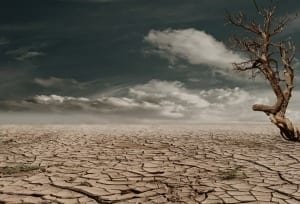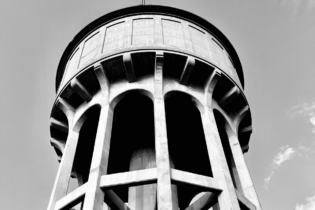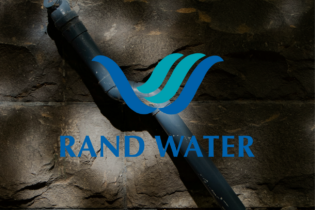 South Africa continues to experience decreasing dam levels as the drought-stricken Western Cape hits a critical low.
South Africa continues to experience decreasing dam levels as the drought-stricken Western Cape hits a critical low.
Western Cape at crisis point
Despite recent rains, the province’s dam levels remain extremely low for this time of the year.
While the rain had an insignificant impact on dam levels in Cape Town, water usage shot up to almost 150 million litres above the target of 500 million. In a recent speech Cape Town Mayor Patricia de Lille pleaded with people to limit their water use to 87 litres a day in line with Level 4b restrictions.
Cape Town’s useable water levels remain below 20% and a DWS’s recent dam levels report paints a bleak picture for the province’s dam. Two dams, Gamka and Gamkapoort, are virtually empty, while the Floriskraal and Stompdrift dams are at 4.1% and 4.7% respectively.
Vaal levels decline week-on-week
The Integrated Vaal River System (IVRS) is continuing to decline week-on-week in the absence of rainfalls in the winter season. Although levels are stable, both household and industrial consumers have been urged to control their water use.
The IVRS which consists of 14 dams, serving mainly Gauteng, Sasol and Eskom, is down 0.5% to 84.1%. However most of the dams forming part of the system remain above the 50% mark.
The following dams in the IVRS showed recent declining levels:
| Dam |
Current level |
% decline from previous week |
Level this time last year |
| Vaal Dam |
93.9% |
0.7% |
36% |
| Katse Dam |
34.3% |
1.3% |
51% |
| Grootdraai Dam |
84.7% |
0.9% |
79.5% |
| Bloemhof Dam |
99.5% |
0.8% |
22.5% |
Sterkfontein Dam’s level remained unchanged at 91.4%.
Cautious of lack of rainfalls in the winter season, the Department of Water and Sanitation (DWS) is calling upon Gauteng consumers to heighten awareness around their daily water demand patterns.
Unless used sparingly, the supply of water to consumers may adversely impact the security of water supply from the IVRS.
Concerns in the Eastern Cape
The winter season has led to the consistent decline in dam levels in the Eastern Cape, with some dams under severe strain.
The provincial water storage capacity is currently at 56.6%, a considerable decline compared to 65.4% last year at the same time.
The DWS believes that the Algoa Water Supply System is becoming a concern because of its week-on-week decline. The system is currently at 32.7%, a slight decrease from 33.3% the previous week. At this time last year the Algoa system was at a comfortable 72. 2%.
The Amathole Water Supply System has decreased from 63.5% to 63.2% over the last week. This is considerably low compared to the same period last year when the system was at 82.2%.
The DWS has called on water users to avoid wasting water and adhere to water restrictions imposed by their respective municipalities.
Free State, North West & KZN
In the Free State the Bloemfontein System with four dams serving mainly Mangaung, decreased by 1.2% to 45% compared to 31.3% during the same time last year.
The Crocodile West system in the North West that has six dams serving mainly Tshwane, Madibeng and Rustenburg, also experienced a slight decrease from 98.6% to 98.2%. The system was recorded at 95.2% last year.
The Umgeni Dam system with five dams serving mainly eThekwini and Msunduzi decreased to 60.3% from 61%. The system was at 47.9% during the same time last year.
Despite some heavy rains in parts of KwaZulu-Natal, the Umgeni system decreased from 61% to 60.3% this week. The system was at 47.9% during the same time last year.
The latest dam level recordings reflect a slight decrease week-on-week which shows a drop from 70.4% last week to 69.9% this week.
 South Africa continues to experience decreasing dam levels as the drought-stricken Western Cape hits a critical low.
South Africa continues to experience decreasing dam levels as the drought-stricken Western Cape hits a critical low.






